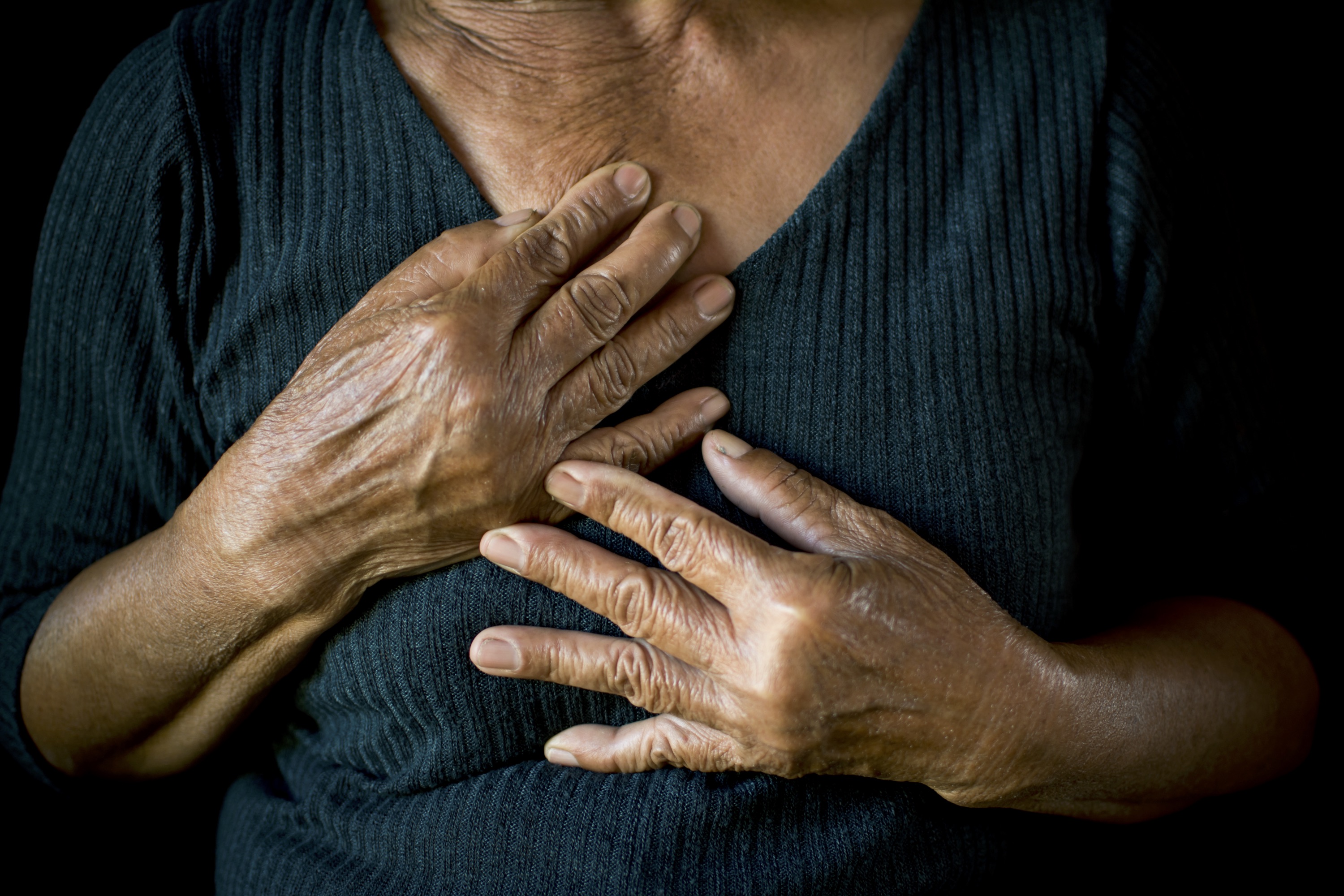A two-decade-long study, following over half a million heart attack patients treated in Florida hospitals, concluded that women are significantly more likely to die of heart attacks if their emergency room doctors are male. The study showed that out of the heart attack patients treated by female physicians, 11.8 percent of men died versus about 12 percent of women. However, for patients treated by male physicians, 12.6 percent of men died compared to 13.3 percent of women.
Paramedics perform CPR on a female having a heart attack.
Image Source: FangXiaNuo
One potential reason for the difference in survival rates is that women’s symptoms don’t necessarily align with the image of a heart attack we all hold in our heads: middle-aged white men clutching their chests. Women’s symptoms are vaguer, and often less severe; while they may experience mild chest pain and nausea, their heart attack symptoms might also include shortness of breath, and pain in their back, shoulders, and neck. Not only are male physicians less familiar with this set of symptoms, but some studies suggest that females are less comfortable advocating for themselves when they have a physician of the opposite sex. In addition, according to Harvard Health, women themselves are more likely to disregard their symptoms as well. According to Dr. Michelle O’Donoghue, a cardiovascular specialist at a Harvard-affiliated hospital, “women tend to minimize their symptoms and delay seeking treatment,” she says. “In fact, one study, that measured how long people waited before seeking treatment for a heart attack, found a median delay time of about 54 hours for women, compared with about 16 hours for men.”
The study also found that even if a person is not treated by a female Emergency Department (ED) doctor, simply being treated in a hospital with a higher percentage of female ED doctors significantly improved survival rates for those women; the more exposure male physicians had to women (both as patients and as physicians), the better they fared when treating female heart attack patients.
This study makes clear the importance of understanding the diversity of patient communities, and the need for the physicians treating these patients to be diverse as well. According to the Association of American Medical Colleges (AAMC), despite making up approximately 50 percent of medical students, women only make up 25% of active ED physicians. Not only does this study emphasize the necessity of developing better ways to educate male physicians about the presentation of heart attacks in females, but clearly, we also need more female ED doctors.
Feature Image Source: sawitreelyaon – stock.adobe.com










